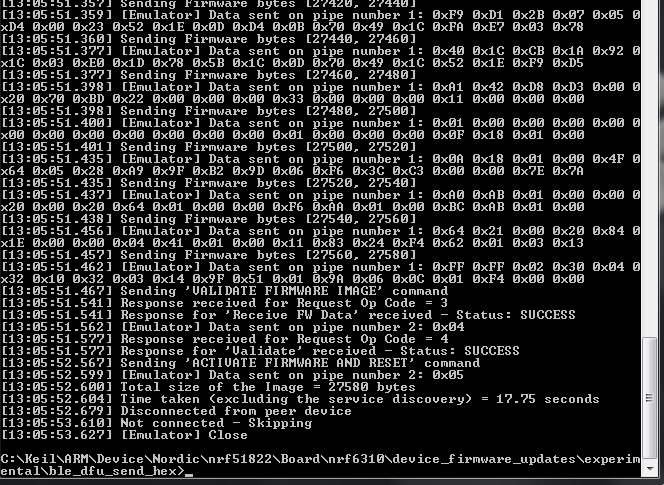Hi, How to integrate both over-the-air and uart bootloader application for an device? We have a custom board with nrf51822 chipset, and we need to implement the firmware update process, which can support both over-the-air and usb to uart type firmware update. Since we not yet tested the uart bootloader application, we dont have clear idea on it (like, how to make it enter into the bootloader mode). Can anyone suggest us how to handle this?
our requirement as follows, If the device is connected through the usb, and if the user want to update the firmware, the device should enter into dfu_dual_bank_hci (uart) bootloader mode, and do the firmware update.
And if the device is connected through ble, user should make it enter into the dfu_dual_bank_ble (over the air) bootloader mode by writing some value through the special characteristics created for it, and should do the firmware update.
Regards, Balaji



